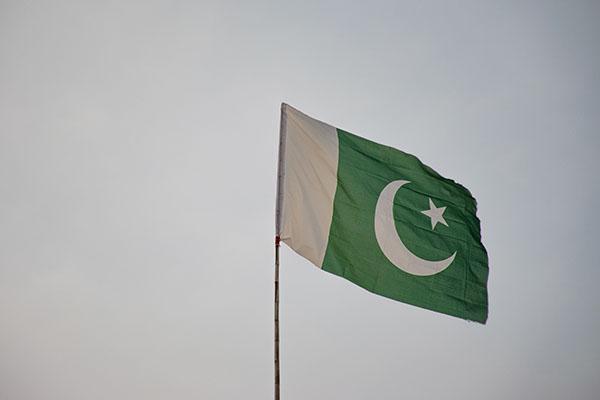Have we lost all sense of proportion when it comes to our fundamental rights in Canada? Two recent cases suggest we have – both involving the notwithstanding clause in the Charter of Rights and Freedoms, which allows legislatures to temporarily bypass certain constitutionally-protected rights. Two different premiers have sought to invoke the much-discussed clause recently. Yet the media response to each case has been quite different, suggesting we’ve lost the plot in Canada when it comes to defending our fundamental freedoms.
When Ontario Premier Doug Ford threatened last September to use the notwithstanding clause to push through his decision to shrink the size of Toronto City Council, it caused weeks of uproar and a media storm. A media database search turned up almost 12,400 mentions of “Doug Ford” with the phrase “notwithstanding clause” in the three weeks following his announcement. While some of these were only a passing reference, the sheer number of news stories indicates very intense media interest.
More recently, Quebec Premier Francois Legault announced that he’d use the notwithstanding clause to protect his Bill 21 from being ruled inoperative by the courts. The bill would bar public servants in positions of authority from wearing religious symbols on the job. In the eight weeks since Bill 21’s introduction, a media database search uncovered just 5,400 mentions of it.
Ford’s policy regarding Toronto City Council was debatable, but its importance pales in comparison to Legault’s actions. His Bill 21 would suspend religious freedom – a fundamental freedom listed first (along with freedom of conscience) in the Charter. It would force religious Sikhs, orthodox Jews, many Muslim women and Christians who wear crosses, to hide their beliefs while working as police officers, Crown prosecutors, teachers or other civil servants. Arguably, using the notwithstanding clause for this is immeasurably more important than anything Ford contemplated.
So, why is there such a dramatic difference in the attention each case has received?
The nature of the news media offers a partial answer. The Ontario premier versus the city council he once served on provides an easy, conflict-filled narrative. This is the stuff of media sagas. In Quebec’s case, there’s plenty of conflict, but the media seem to find it tougher to assign good guy and bad guy labels consistently.
Again, that’s only a partial answer. The media reflect the culture in which they work as much as they influence that culture. Sadly, the difference in the volume of media coverage in these two cases seems also to mirror Canadians’ waning understanding of religious freedom. In other words, the media don’t see Quebec’s violation of religious freedom for what it is because many Canadians don’t either.






